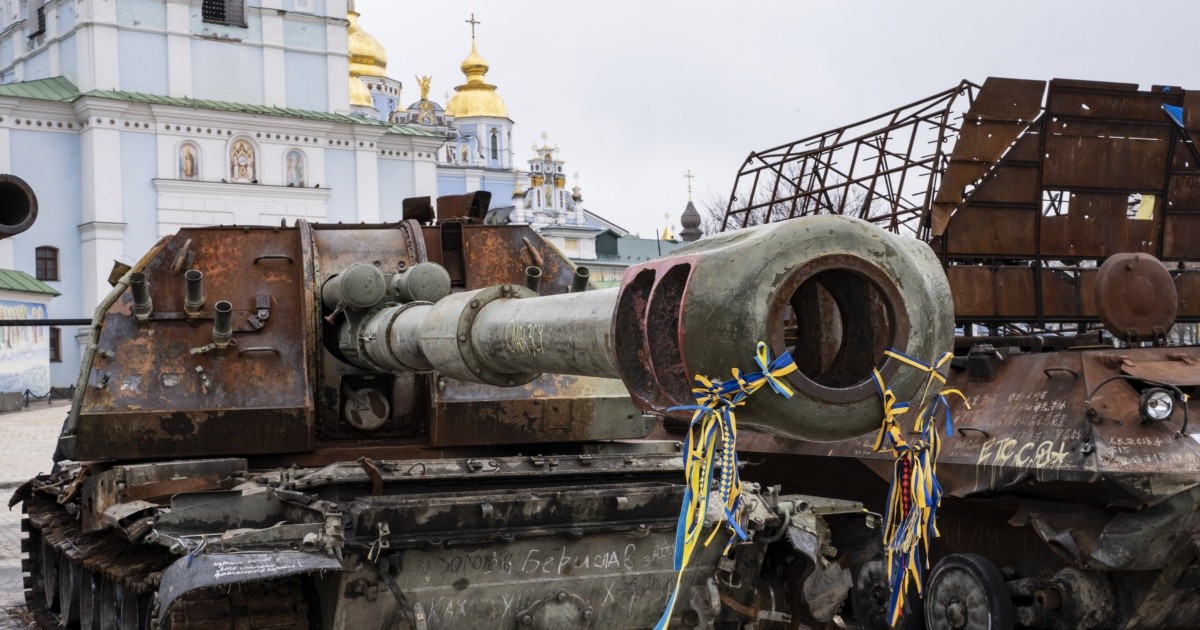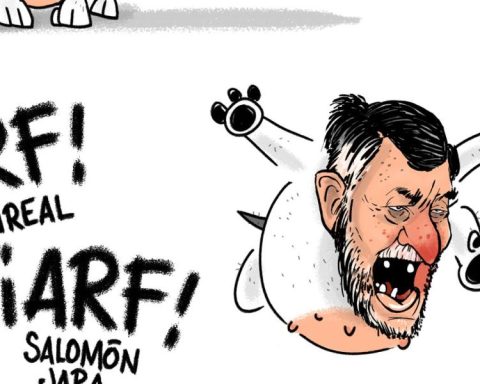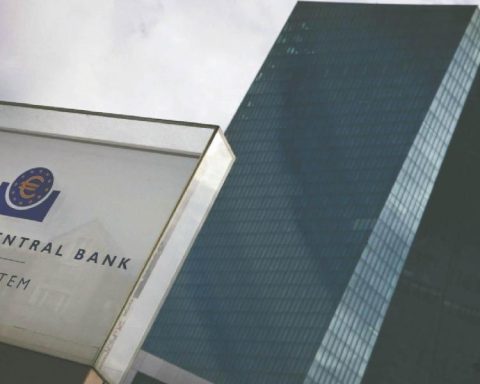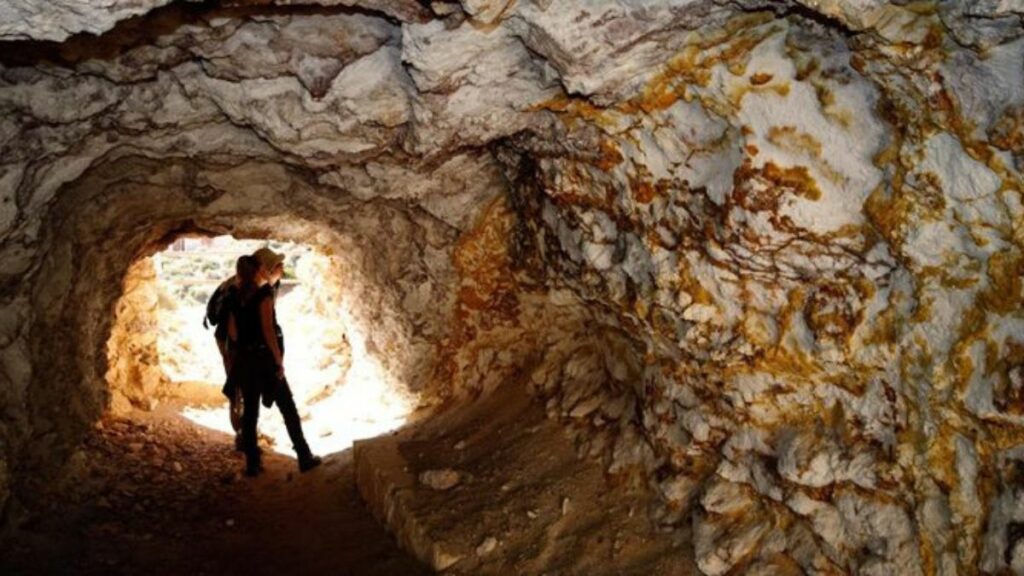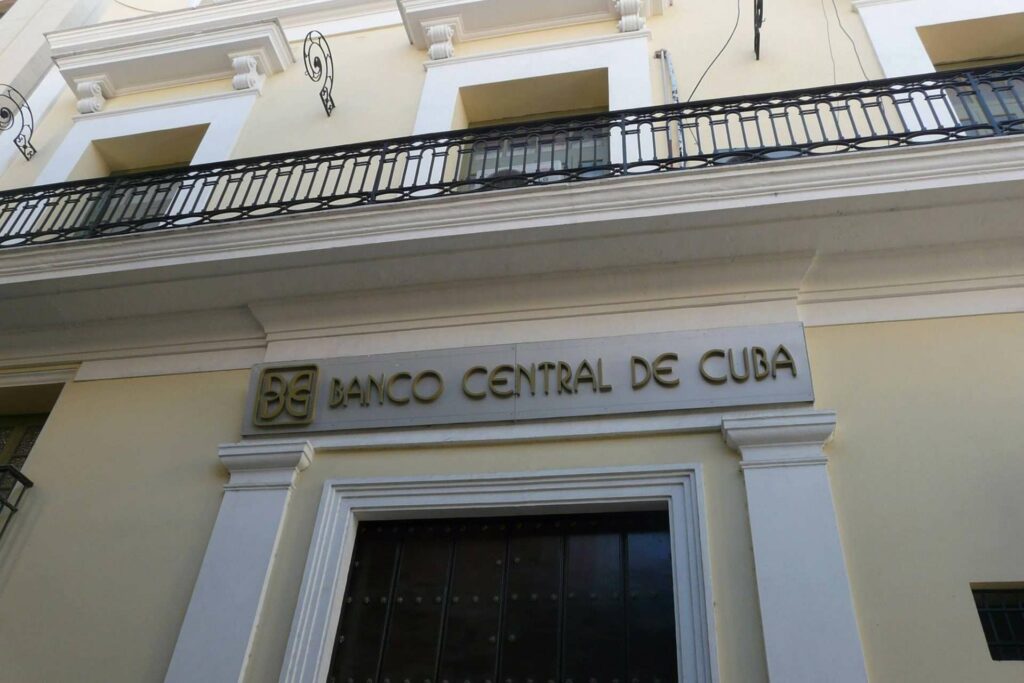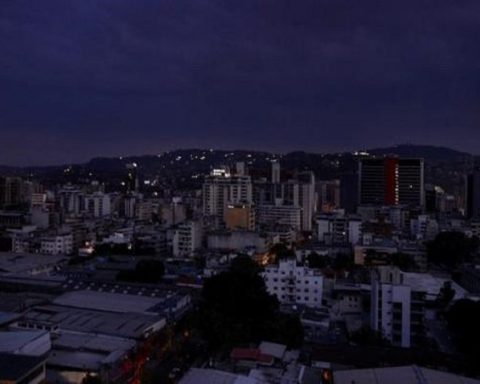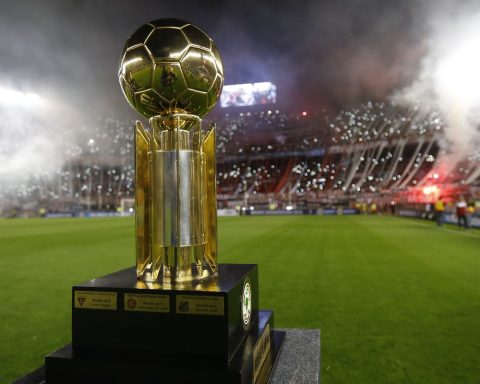Since Ukraine liberated Kherson last November, little has evolved in the war. On the one hand, the Russians have tried to make gains – more propaganda than strategic – in Donbas and, on the other, the Ukrainians have tried to protect their skies from continued Russian attacks on their civilian population.
While it is true that this situation may be “comfortable” for Europeans, its prolongation over time would mean a defeat for Ukraine, since Russia would freeze the conflict, forever prolonging instability in the region and moving kyiv away from its European dream. In fact, this recent standstill appears to have allowed Russia to delay its supply lines and command centers, putting them out of range of Ukrainian artillery for the time being.
For this reason, requests for arms transfers have not ceased from the presidency and from the Ukrainian Ministry of Defense, something necessary to organize the spring offensive that could definitively expel the Russians from Ukraine. So, one wonders what weaponry Ukraine would need to beat Russia. We can establish three main categories:
1. Long-range drones
Since Ukraine began using the first drones in March, this capability has become one of the Ukrainians’ most effective assets against Russian troops. In this final phase of the war, the Ukrainians need drones that are faster, with greater autonomy and with greater capacity to do damage. The one chosen for this task seems to be the Turkish drone kizilelmawhich is presented as one of the fastest devices and with the greatest capacity in the arms market, ahead even of the MQ-20 americans.
On these drones the TRG-230 IHA missiles could be mounted, which provide an extra range of 100 km. The conjunction of the Kizilelma drone and the missile TR-230 it would allow the Ukrainians to damage both the command and logistics centers, a fact that would make the advance of the Ukrainian infantry much easier.
2. Long-range artillery (and ammunition)
What has most changed the course of the war has been, without a doubt, the HIMARS (high mobility artillery rocket system). This American-made contraption enabled the Ukrainians to carry out the successful August-September offensive, which culminated in the liberation of Kherson.
However, as some US military have advanced, the main challenge of the war is not so much the training of troops as the maintenance of the ammunition supply, especially that referred to long-range artillery. For this reason, in the coming months the West will have to increase the effort to supply long-range artillery pieces, not only for the HIMARS, but also for anti-aircraft systems such as the NASAMS or the PATRIOTSwhich in the coming months will be part of the Ukrainian anti-aircraft defenses.
In this sense, Ukraine is expected to be able to incorporate GLSDB systems (capable of maneuvering in the air) and MLRS whose main virtue is to be compatible with HIMARS. Without the damage that artillery can cause, it will be very difficult for the spring offensive to be carried out.
3. European-made cavalry
While it is true that drones and artillery are very important to Ukrainian military plans, sending in tanks may become the key to Ukrainian victory. That is why the western allies (France, Germany and the US) have already agreed to send infantry transport vehicles (AMX10, marder either Bradley). It is a substitute for the tank that, although it is of great help to the Ukrainian army, is not capable of making the difference as a tank would.
The main difference between these vehicles and battle tanks lies on the one hand in their firepower and on the other in their armor. While some infantry transports like the French AMX10s have managed to mount similar guns to tanks (105mm vs. 120mm), the armor cannot compare. Thanks to this armoring of the tanks, the Ukrainians could better protect the advance of their troops against the fire of artillery and Russian cavalry.
Three tank possibilities are being considered. The abrahams 1 American, the challenger 2 british and the Leopard 2 European. Of all of them, the one that best suits the needs of Ukrainians is the Leopard, but as it is a German-made vehicle, it requires authorization from Berlin for its transfer to third parties.
The Abrahams 1 would not have this problem, since it depends exclusively on the United States government, but they have other problems derived from training, maintenance and logistics. Although it is true that the Ukrainians learn very quickly and that this characteristic would allow them to overcome the obstacle of being an American tank, the complicated maintenance and, above all, the high gasoline consumption would make the Abrahams an impractical vehicle for an offensive. like the one planned for spring. Also, not only is it the most fuel intensive of the three, but it is also a slow tank that could be easy prey for the Russian T-72s.
The Challenger 2 is the tank with the best armor, which determines its autonomy (400 km). Although it does not consume as much as Abrahams, it does have less capacity for action. The best option is the Leopard, a combat tank that almost doubles the speed (75 km/h) of Russian tanks, is highly maneuverable and also has a range of 550 km. Thus, with the Leopards in the hands of the Ukrainians, a strategy similar to that of September could be repeated, in which the tanks went kilometers into the enemy lines without the need to refuel, causing great damage to the Russian troops.
By way of conclusion we must say that the Ukrainians are going to need unmanned vehicles capable of penetrating the lines with depth of fire, a constant flow of artillery pieces that will allow them to damage Russian defenses, supply chains and control centers. and, above all, tanks with which to break enemy lines that threaten to become borders. Europe must make a transfer effort to avoid a direct confrontation with Russia.
Alberto Priego, Associate Professor of the Faculty of Law-ICADE, Department of Public Dep. DIP and RR II area, Comillas Pontifical University
This article was originally published on The Conversation. read the original.
